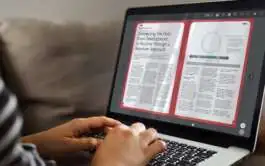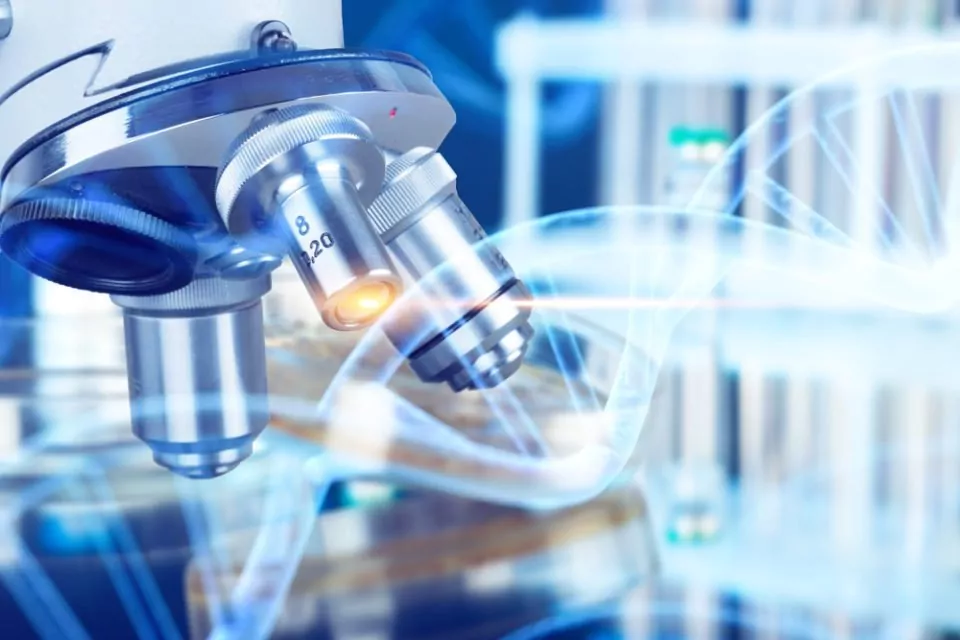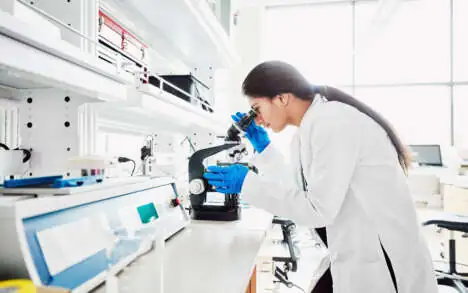Virtual reality, artificial intelligence, and robotics are increasingly being leveraged by industry to aid with reducing contamination control risks and ensure adherence to EudraLex Volume 4 Annex 1 “Manufacture of Sterile Medicinal Products” [1] and FDA’s Guidance for Industry on Sterile Products Produced by Aseptic Processing [2].
An event organized by PDA Chapter Ireland brought together individuals involved in microbiology in various pharmaceutical sectors to provide insight into innovative technologies that help to bring efficiencies to the manufacturing environment. Presentations were given on various topics including contamination control strategy (CCS) and supply chain, virtual reality in the aseptic manufacturing environment, the Qualified Persons (QPs) perspective, and challenges around batch release in the face of contamination and environmental monitoring trending. Various case studies showed how industry is embracing real-time microbiological monitoring or automated instrumentation to aid with root cause identification or to improve efficiencies within the working laboratory.
Key points presented and discussed include:
- A company presented on how virtual reality is being utilized in their aseptic manufacturing environment. By blending digital objects and virtual reality, the tool allows for realistic simulations which lets new personnel become familiar with the processes before partaking in a site’s APS program (aseptic process simulations) and facilitates immediate trainer feedback. Advantages mentioned for using this technology were less equipment down time, best practices, and consistency. According to the presenter, the use of VR has also improved personnel confidence and it can be used to complement a site’s on-the-job training curriculum. The presenter indicated that regulatory bodies are embracing the advancements and acknowledging this shift change.
- Another presentation focused on the challenges Qualified Persons (QPs) are facing when a product is manufactured using complex processes. Some of these products may have specialized regulatory pathways, a small patient group, safety considerations due to potential risks associated with the complex process, and parametric release. The presenter mentioned that the contamination control strategy is a very important document for the QP as it must be fit-for-purpose and controls need to be commensurate with identified risk. With advancements in manufacturing processes, batch release can take on a different but proactive approach and involves:
- collaboration between the QP, market authorization holder, clinician, and regulators
- risk-based decisions
- use of real-time data
- Environmental monitoring (EM) trending and its importance was also presented at the event. According to the presenter, EM trending should be performed by an independent group and discussions on trends should be cross functional. It was further mentioned that the trend data should drive a site to ask questions to get to the root cause of contamination events and should not be seen as a tick-the-box activity. Daily trending is useful, allowing for tangible assessment and proactive corrective actions. In the trending process the intuitive nature of an operator or microbiologist is vital and should not be overlooked. This intuition can be used along with innovation to aid a site with prevention of contamination.
During the event, case studies using innovative technology examples in the form of a biofluorescence particle counter (BFPC), an automated EM plate reader, and a UV light robot that disinfects surfaces within a cleanroom were shared with the group.
About the author:
Louise Ui Fhatharta is consultant/manager at PharmaLex, bringing more 20 years of experience in microbiology, quality control and quality assurance roles in the pharmaceutical industry including sterile fill finish and medical device. She has successfully led inspections by several health authorities.
References
- EudraLex Volume 4 Good Manufacturing (GMP) Guidelines – Annex 1, Manufacture of Sterile Medicinal products (2022) . Accessed through: https://health.ec.europa.eu/system/files/2022-08/20220825_gmp-an1_en_0.pdf
- FDA Guidance for Industry: Sterile Drug Products Produced by Aseptic Processing — Current Good Manufacturing Practice (2004). Accessed through: https://www.fda.gov/media/71026/download








